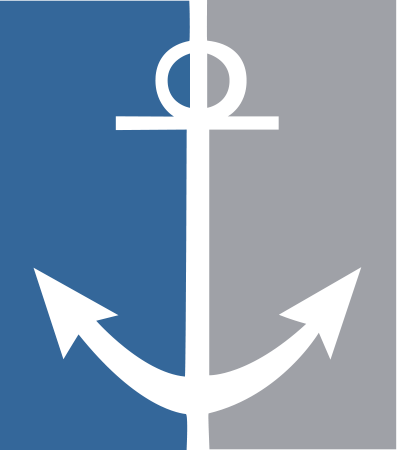147,350 American Jobs are dependent on Great Lakes Seaway Shipping!
On July 21, 2023, a binational public-private coalition of Great Lakes – St. Lawrence Seaway maritime organizations released a new economic impact study of maritime shipping on the Great Lakes and St. Lawrence River. The eight month project was conducted by Martin Associates of Lancaster, Pennsylvania, a national leader in economic analysis for the transportation industry. The new report entitled “Economic Impacts of Maritime Shipping in the Great Lakes – St. Lawrence Region,” is a snapshot of 2022 and is the third such study – having been preceded by a similar effort in 2018 and 2011. The research is intended provide transportation planners, policy makers and the general public nuanced information about the benefits of Great Lakes – Seaway shipping to the regional, national and local economies.
Here are the key data points for 2022:
- 241,286 jobs were sustained in the U.S. and Canada by Great Lakes Seaway shipping. Of these 147,350 were in the U.S. and 93,936 in Canada.
- 135.7 million tons of cargo were moved on the navigation system. The value of that cargo was $26 billion.
- $17.8 billion in wages were paid to the jobs supported by maritime commerce.
- $6.3 billion in tax revenue was generated by maritime-supported economic activity.
The research was sponsored by the American Great Lakes Ports Association, the Great Lakes St. Lawrence Seaway Development Corporation, the St. Lawrence Seaway Management Corporation, the Chamber of Marine Commerce, the Lake Carriers Association and the Shipping Federation of Canada.
The study is based on an extensive interview program of more than 800 regional businesses with 1100 operations in the eight Great Lakes states, Ontario and Quebec. Impact data is presented for cargo volumes, jobs supported, economic activity, wages paid, and tax revenue generated.
Data is presented in a variety of ways to enable its greatest use. For example, impacts are presented by geography (by region, country, state/province); by vessel flag (American vessel operators, Canadian vessel operators, foreign vessel operators); by major commodity (iron ore, steel, general cargo, stone, coal, salt, grain, cement, containers); and by job category (rail, trucking, port, maritime services, shippers).

